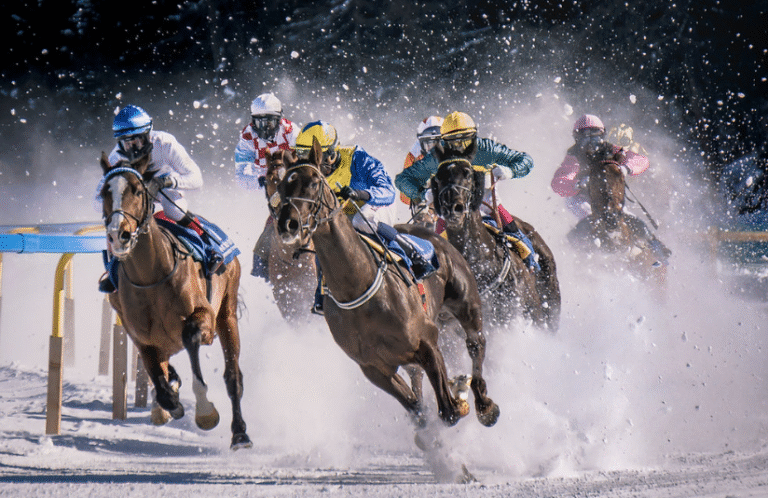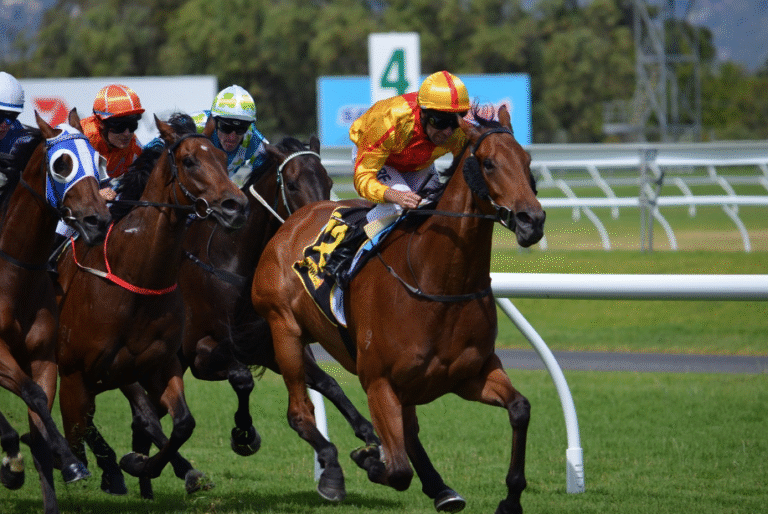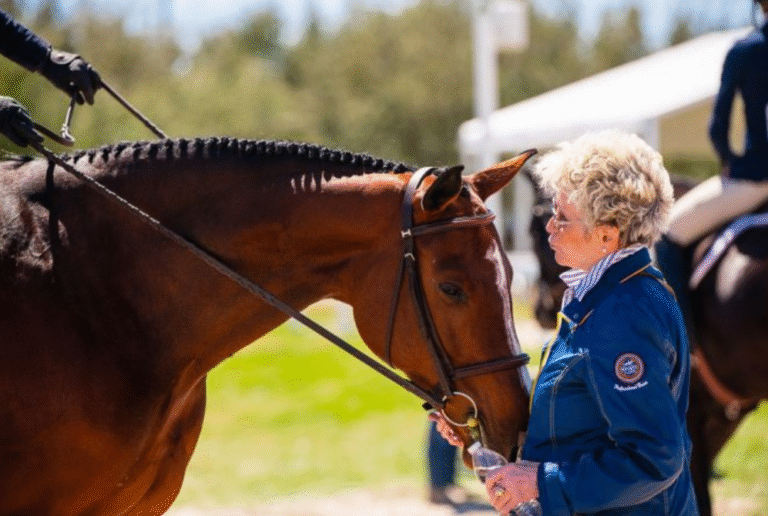The Different Types of Horse Racing – A Guide to Flat, Jump, and Harness Racing

Horse racing presents a diverse array of disciplines, each with its own set of rules and challenges. Flat racing focuses on speed over a level course, while jump racing demands agility and bravery as horses navigate obstacles. Harness racing, distinct in its approach, showcases the synergy between horse and driver. Understanding these formats not only highlights their unique characteristics but also reveals the intricate strategies that underpin each type. What nuances lie beneath the surface of these thrilling competitions?
Understanding Flat Racing
Understanding Flat Racing requires a comprehensive grasp of its fundamental principles and unique characteristics.
This form of racing, rooted in a rich flat racing history, emphasizes speed and strategy.
Key flat racing techniques involve optimal pacing, jockey positioning, and horse conditioning.
Enthusiasts appreciate the elegance of the sport, as it combines athleticism and skill, offering a liberating experience for both competitors and spectators alike.
See also: The Connection Between Horses and Riders: a Deep Dive Into Jockey-Horse Relationships
The Excitement of Jump Racing
While many racing fans are captivated by the speed of flat racing, the thrill of jump racing offers a different kind of excitement that combines athletic prowess with a test of courage.
Riders must expertly employ jumping techniques while devising race strategies to navigate obstacles. This complex interplay between horse and jockey captivates audiences, showcasing not only speed but also skill and daring.
An Overview of Harness Racing
Harness racing, a captivating form of equestrian sport, showcases the unique partnership between horse and driver as they compete in a thrilling race while pulling a sulky. This sport emphasizes race strategies that vary by track and conditions, making it a dynamic spectacle for fans.
| Element | Description |
|---|---|
| Horse Breed | Standardbred |
| Race Distance | Typically 1 mile |
| Gear Used | Sulky and harness |
| Strategy Focus | Pace management and positioning |
Key Differences Between Racing Types
What distinguishes one type of horse racing from another? The primary differences lie in the racing surface, with flat racing typically conducted on turf or dirt, while jump racing often features obstacles.
Additionally, race distances vary significantly, affecting strategy and horse stamina. Understanding turf conditions and their impact on performance is crucial, as these factors influence outcomes across flat, jump, and harness racing disciplines.
Conclusion
In conclusion, the world of horse racing is a vibrant tapestry woven from the distinct threads of flat, jump, and harness racing. Each type presents its own unique challenges and strategies, captivating fans much like the ancient Romans once marveled at chariot races. Understanding these differences not only deepens appreciation for the sport but also enhances the thrill of each race, inviting enthusiasts to engage with the rich traditions and athletic prowess that define this timeless pastime.



